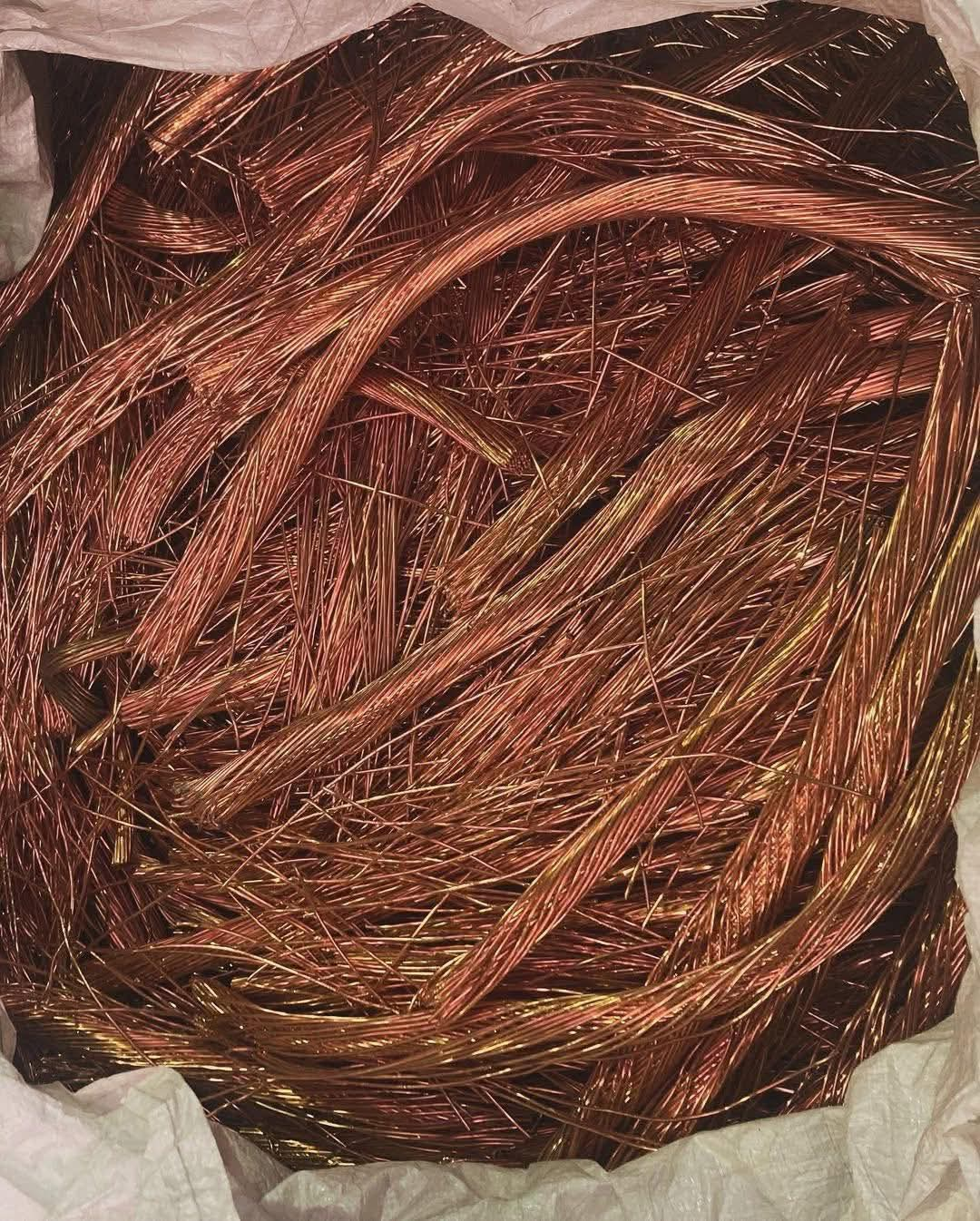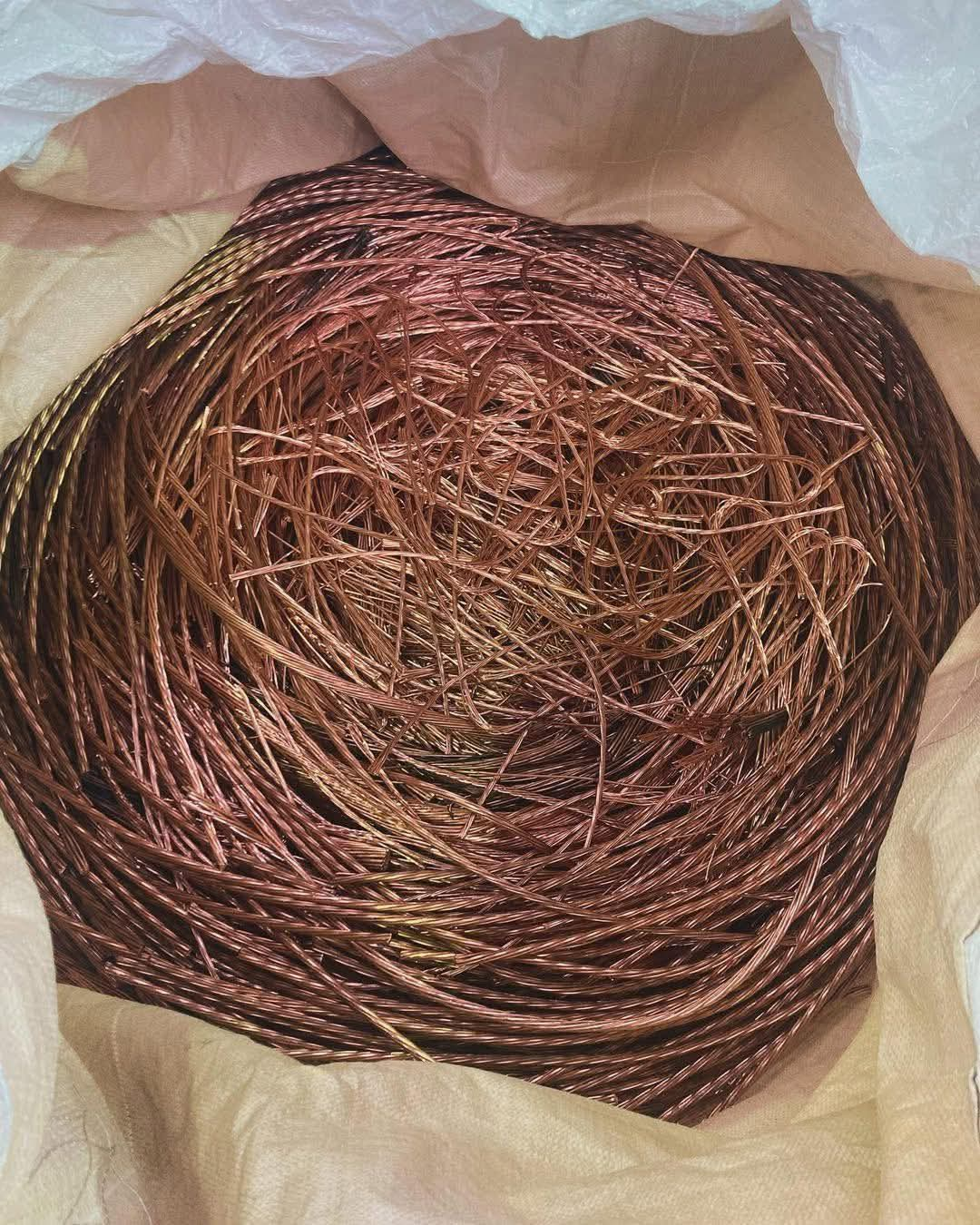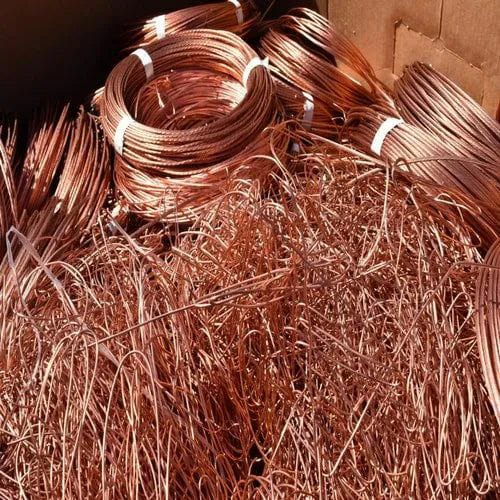Description
Copper wire scrap refers to discarded or leftover copper electrical wiring that is no longer in use or has been removed from various electrical installations. It is a highly sought-after recyclable metal known for its excellent electrical conductivity, corrosion resistance, and versatility.
Components:
- Pure copper wire (typically 99.9% copper)
- Insulation material (usually plastic or rubber coating)
- Sometimes mixed with other metals or contaminants depending on the source
Physical Characteristics:
- Weight: Varies depending on quantity; typically sold by weight in tons or kilograms.
- Length: Ranges from short pieces (cut-offs) to long rolls; common lengths are 50–100 meters per coil.
- Width: Usually measured by the diameter of the wire, which can range from thin wire (0.5 mm) to thicker gauge (10 mm or more).
- Height: Not typically a standard measurement for wire, but when bundled, height can depend on stacking or packaging.
- Dimensions: When bundled or coiled, copper wire scrap can be several meters long and have a diameter consistent with its gauge.
Uses:
- Recycled into new electrical wiring and cables
- Manufacturing of copper rods and tubes
- Industrial applications requiring conductive materials
- Art and jewelry (smaller pieces)
Typical Dimensions for Scrap:
- Diameter: 0.5 mm to 10 mm (commonly 1–3 mm for household wiring)
- Length: Usually sold in coils of 50–100 meters or cut into shorter segments for ease of handling
Summary Table:
| Attribute | Details |
|---|---|
| Description | Discarded copper electrical wiring, recyclable metal |
| Components | Pure copper, plastic/rubber insulation |
| Weight | Varies; sold by ton or kilogram |
| Length | 50–100 meters per coil (standard) |
| Diameter (Width) | 0.5 mm to 10 mm |
| Height (Packaging) | Depends on bundling or stacking |
| Uses | Electrical wiring, manufacturing, art |
| Typical Dimensions | Length: 50–100 m, Diameter: 0.5–10 mm |
| Price Per Ton |



